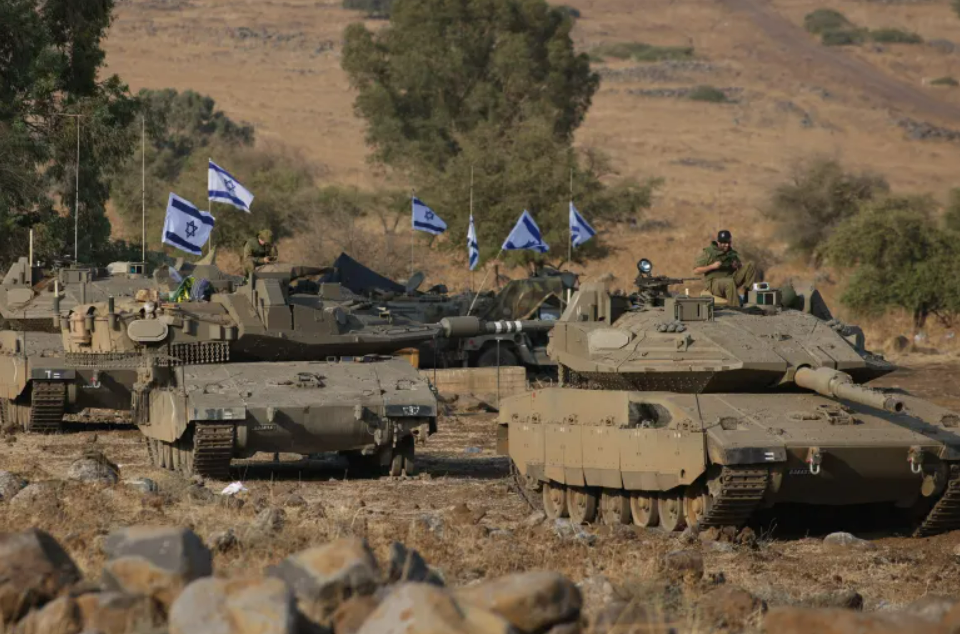The turbulent arena of conflict and war, journalists often find themselves on the front lines, risking their lives to bring the world crucial updates from the heart of danger. Sadly, this dedication to truth and reporting sometimes comes at an unimaginable cost. In a recent Israeli strike in southern Lebanon, one journalist lost his life, and several others sustained injuries.
The fateful incident occurred amidst the ongoing hostilities in the region, where tensions had escalated dramatically. Witnesses and reporters present at the scene relayed the grim news of an Israeli shelling attack, leaving devastation in its wake.
Issam Abdallah, a talented videographer, was tragically killed in the attack. The loss sent shockwaves throughout the journalism community. Reuters, a leading news agency, confirmed the heartbreaking news. In a statement, they expressed their urgency in seeking more information, collaborating with regional authorities, and providing support to Issam’s family and colleagues.
The casualties did not end with Issam, as others in the line of duty also paid a steep price. Cameraperson Elie Brakhya and reporter Carmen Joukhadar, both dedicated professionals, were among those wounded. The tank shell struck them directly, painting a horrifying picture of the situation on the ground. Al Jazeera correspondent Ali Hashem, who was on-site, described the unimaginable scene. He noted that the team of reporters had been clearly marked as press, yet the attack spared no one.
This tragic incident is not an isolated event. Press freedom groups and media networks have reported a distressing trend of attacks on journalists in conflict zones. At least six journalists have been killed in Gaza, a territory already grappling with its own set of challenges, since Israel began its military offensive in response to an attack by Hamas, the Palestinian group governing the region.
Saeed al-Taweel, Mohammed Subh, and Hisham Alnwajha lost their lives in an air raid that took place on a fateful Tuesday. These journalists were merely trying to document the unfolding events when tragedy struck.
In yet another instance, Ibrahim Mohammad Lafi and Mohammad Jarghoun met the same grim fate while in the line of duty. They were shot dead while reporting on the ground, further underscoring the perils journalists face when they commit to their crucial mission of truth-telling. These shocking incidents were documented by the Palestinian press freedom group MADA and the Journalist Support Committee (JSC), a non-profit organization dedicated to the welfare of journalists.
The list of fallen heroes also includes Mohammad el-Salhi, who was shot dead while operating at the border to the east of the Bureij refugee camp in the central Gaza Strip. The Committee to Protect Journalists (CPJ), a New York-based organization, reported this heartbreaking incident.
These tragic events serve as a stark reminder of the risks that journalists take every day to ensure that the world is informed about the reality on the ground. The loss of these dedicated professionals is not only a tragedy for their families and colleagues but also a significant blow to press freedom and the public’s right to know.
In the face of such heart-wrenching losses, it is essential that the international community comes together to advocate for the safety of journalists working in conflict zones. Their sacrifices should not be in vain, and their pursuit of truth should be upheld and protected at all costs.


